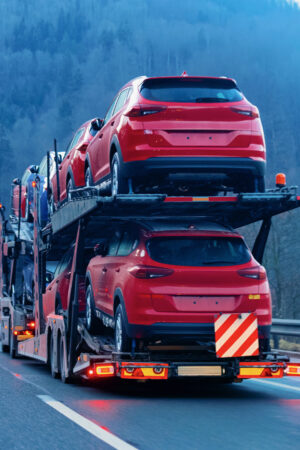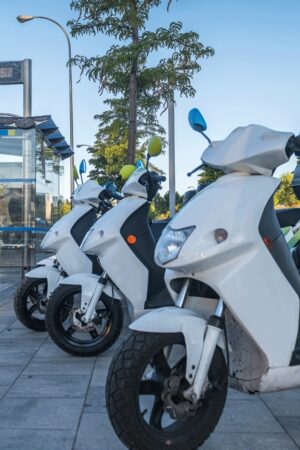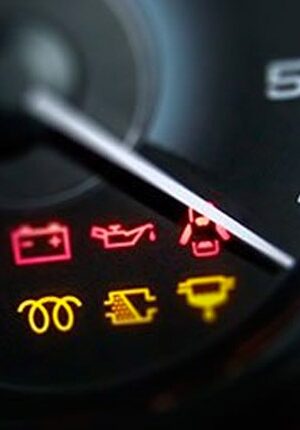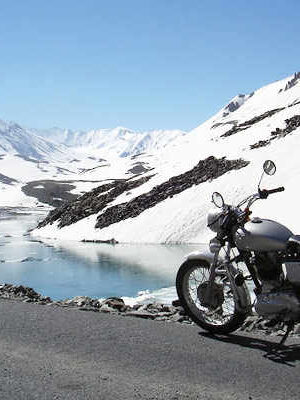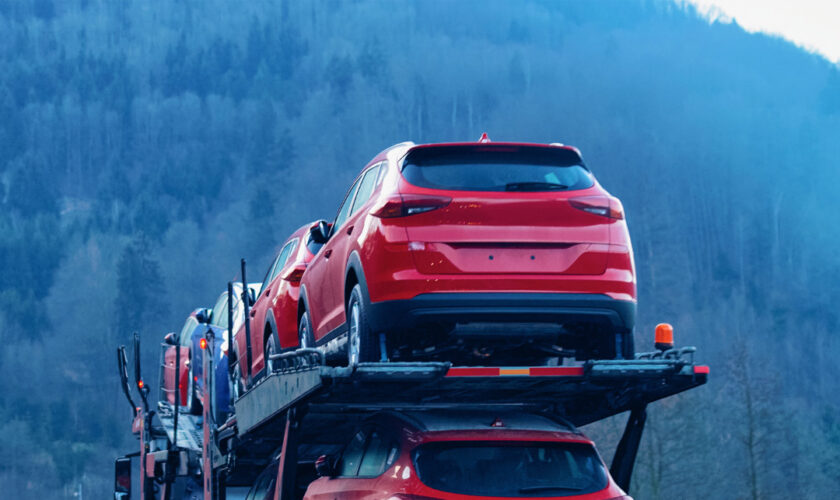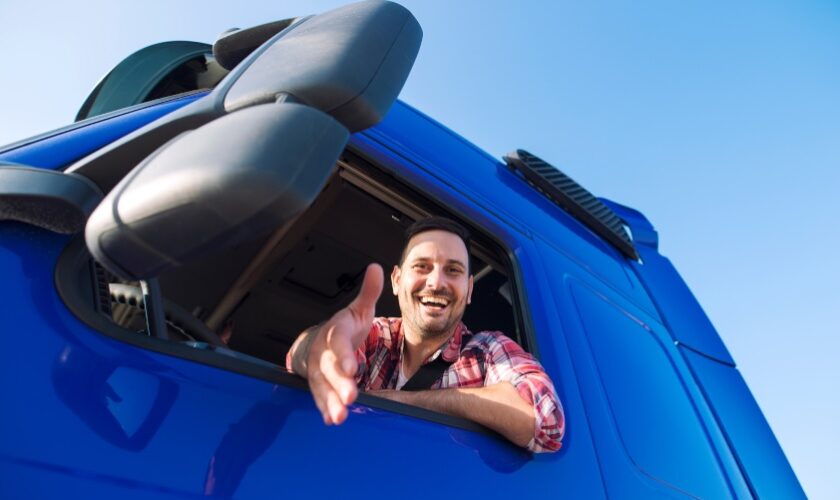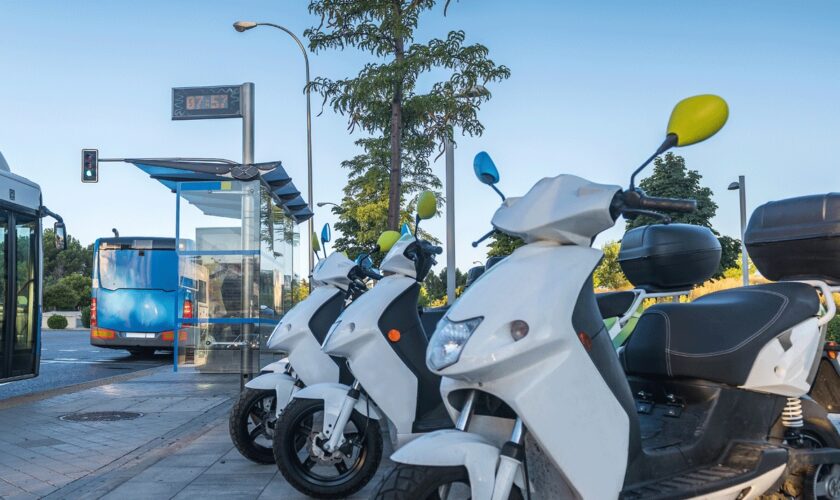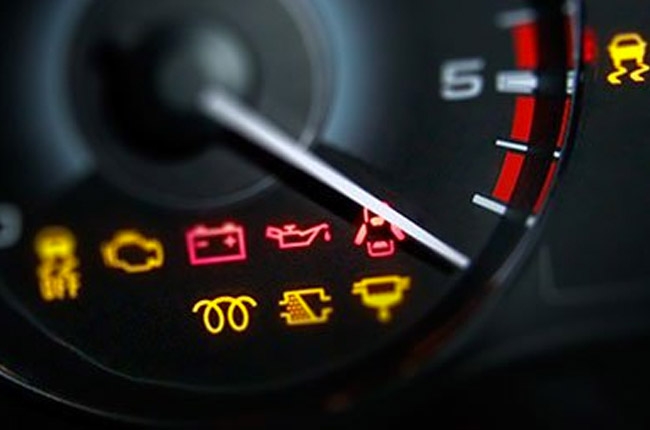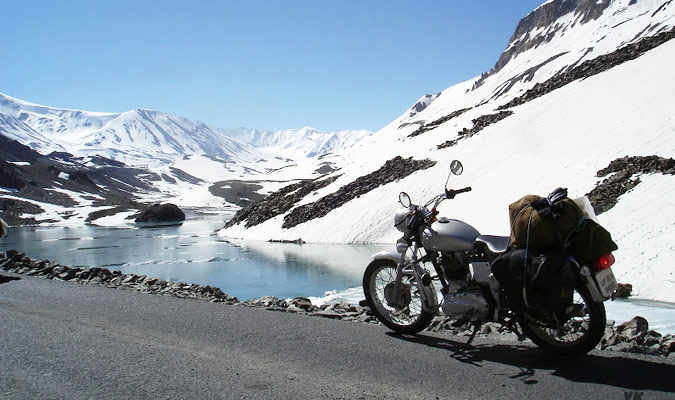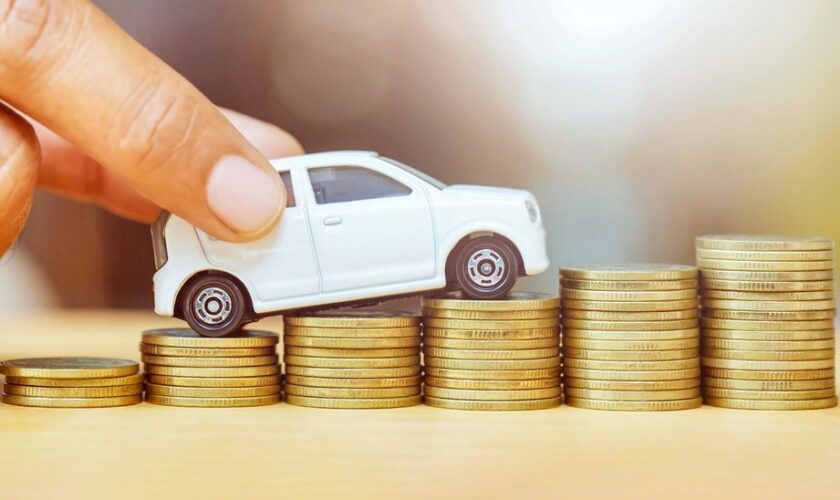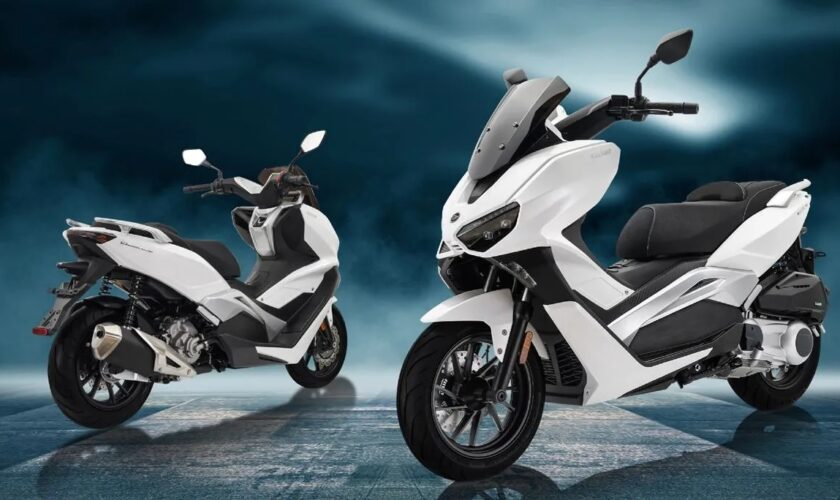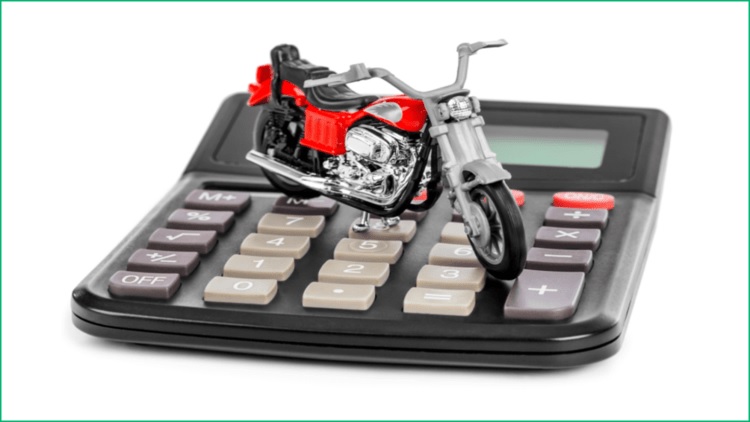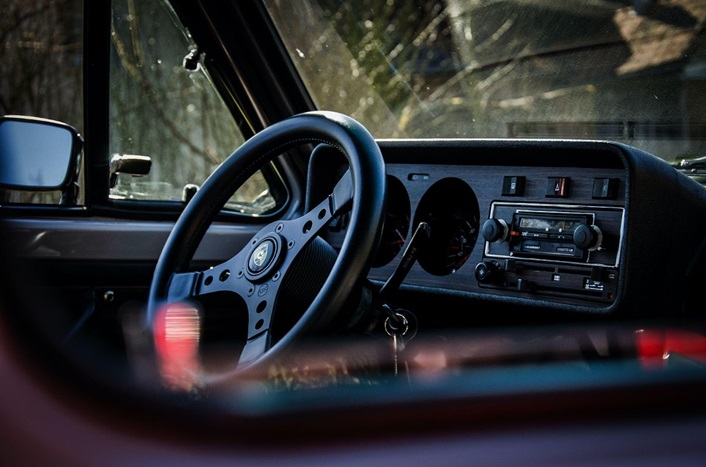Long-distance car transport can be a daunting task, but with the right planning and a reliable service, the process becomes much more manageable. Door-to-door car shipping and enclosed car transport are two popular services that ensure a smooth and secure journey for your vehicle. Here’s a step-by-step guide to help you navigate the process with ease.
When embarking on long-distance car transport, the first step is to research and choose a reputable service provider. Look for companies with positive customer reviews, a proven track record, and a commitment to customer satisfaction. Ensure that they offer the specific services you need, such as door-to-door car shipping and enclosed car transport, which provide added convenience and protection.
Once you’ve selected a reliable service, the next step is to request a quote and discuss the details. Provide accurate information about your vehicle, the pickup and delivery locations, and any specific requirements you may have. This allows Open Car transport to provide you with an accurate and transparent cost estimate for the long-distance transport.
Before your vehicle is ready for transport, it’s essential to prepare it thoroughly. Conduct a detailed inspection, documenting any existing damages or issues. Take clear photographs to serve as a reference in case of any discrepancies. Remove personal belongings from the car and secure loose items to ensure a safe and smooth journey.
For added protection during long-distance transport, consider opting for enclosed car transport. This service involves transporting your vehicle in an enclosed trailer, providing protection from the elements and road debris. While it may come at a slightly higher cost than open transport, the added security is especially valuable for high-end or classic cars.
Clear communication is key throughout the process. Make sure to coordinate pickup and delivery details with the Military Auto Transport. Provide accurate addresses and contact information, and discuss any specific requirements or constraints related to the locations. This ensures that the transport team can navigate the logistics seamlessly.
Understanding the timing and schedule is crucial for a stress-free experience. Confirm the estimated pickup and delivery dates with the motorcycle shipping services and plan accordingly. While delays may occur due to unforeseen circumstances, having a clear timeline allows you to make necessary arrangements and manage your expectations.
Before the auto transport begins, carefully review and sign the contracts and agreements. Ensure that all terms and conditions, including pricing, insurance coverage, and any additional fees, are clearly outlined. A thorough review of the contract establishes a transparent and mutually agreed-upon understanding between you and the car transport company.
In conclusion, long-distance car transport can be a smooth and secure process with the right planning and a reliable service. Opting for door-to-door car shipping and enclosed car transport adds convenience and protection to the journey. By following this step-by-step guide, you’ll be well-prepared to transport your vehicle across long distances with ease and confidence.
If you are looking for another service like Live in Care Service Swansea, Organic Vermi Compost, Luxury African Safari tours, Handmade Silver Jewelry, Employment-based Fifth Visa Service, rent for Traffic cone ,SEO For Vape Store Promotion, IT Security UAE , Caretaker for elderly in Gurugram , Air Logistics Shipping Service, Transport website Promotion & Logistics Website Promotion

